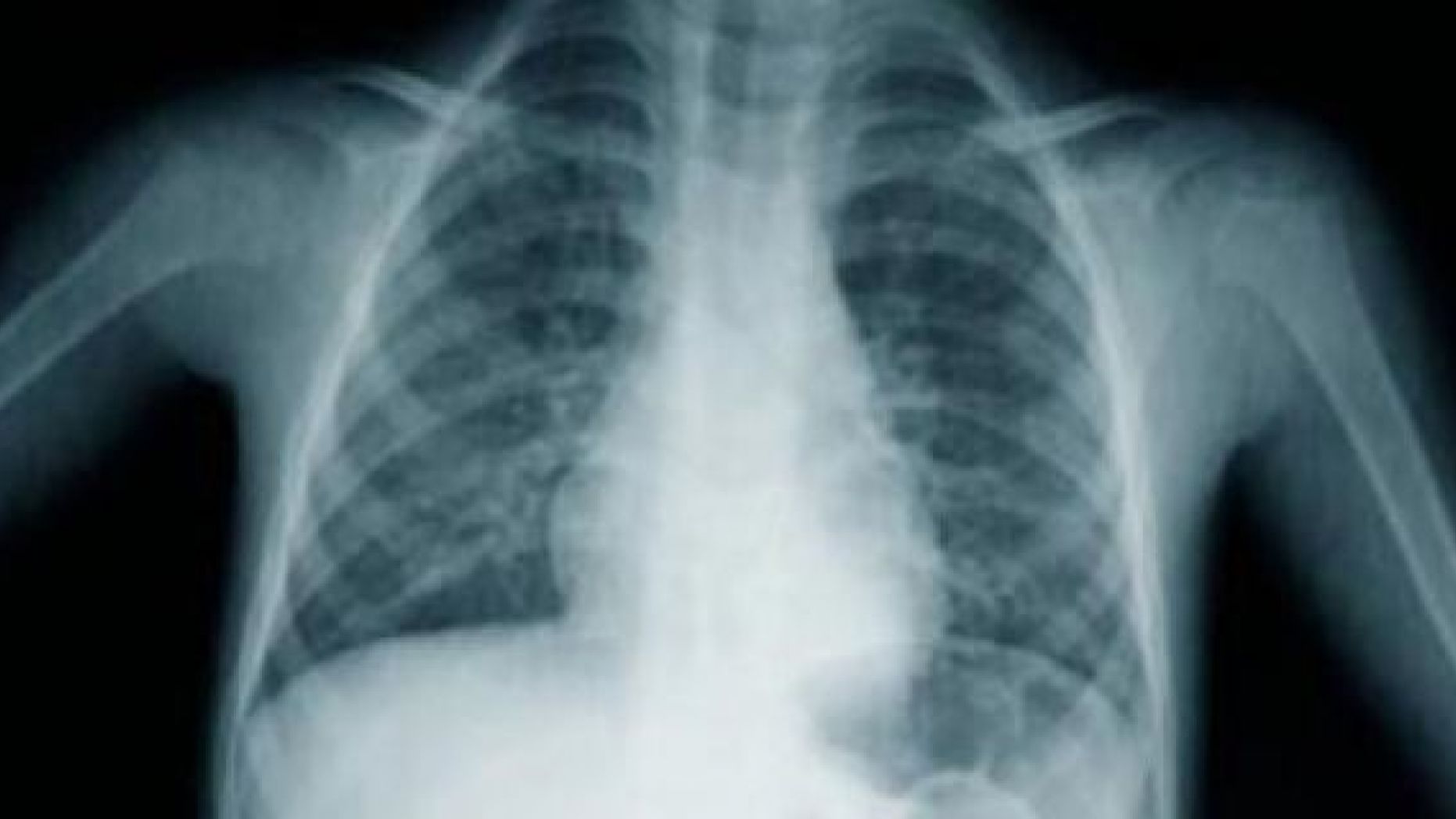Lung cancer screening most useful in high-risk people

Lung cancer screening most useful in high-risk people
September 17, 2021
Using low-dose CT scans to screen high-risk patients for lung tumors is far more effective at preventing lung cancer deaths than scanning those at low risk, according to a new analysis of over 53,000 volunteers.
The study, published in the New England Journal of Medicine, comes at a time when doctors are struggling to reduce the death rate among lung cancer patients, who account for more than one quarter of all cancer deaths.
An earlier analysis from the National Lung Screening Trial showed that compared to conventional X-rays, screening with low-dose CT scans cut the overall death rate by 20 percent.
The new study, which used the same data, was designed to see whether the risks and benefits of screening varied by a person’s likelihood of developing lung cancer in the first place.
Researchers divided volunteers into five groups based on their risk of being diagnosed in the next five years – anywhere from about a 0.5 percent risk or less to a more than 2 percent risk – based on a list of risk factors and individual traits.
Everyone in the study was between age 55 and 74, had smoked within the last 15 years and had a history of smoking the equivalent of at least one pack per day for 30 years.
Among participants with the lowest risk, CT screening prevented only one additional lung cancer death per 50,000 people each year, compared to screening with conventional X-rays.
But in the highest risk group, CT screening saved about one additional life per 800 people.
Coauthor of the report Hormuzd Katki said his group is working to release the risk formula they developed for the study so doctors can determine who falls into the high-risk category and is most likely to benefit from such screening. People’s family history of lung cancer and how much they’ve smoked both go into the equation, for example.






